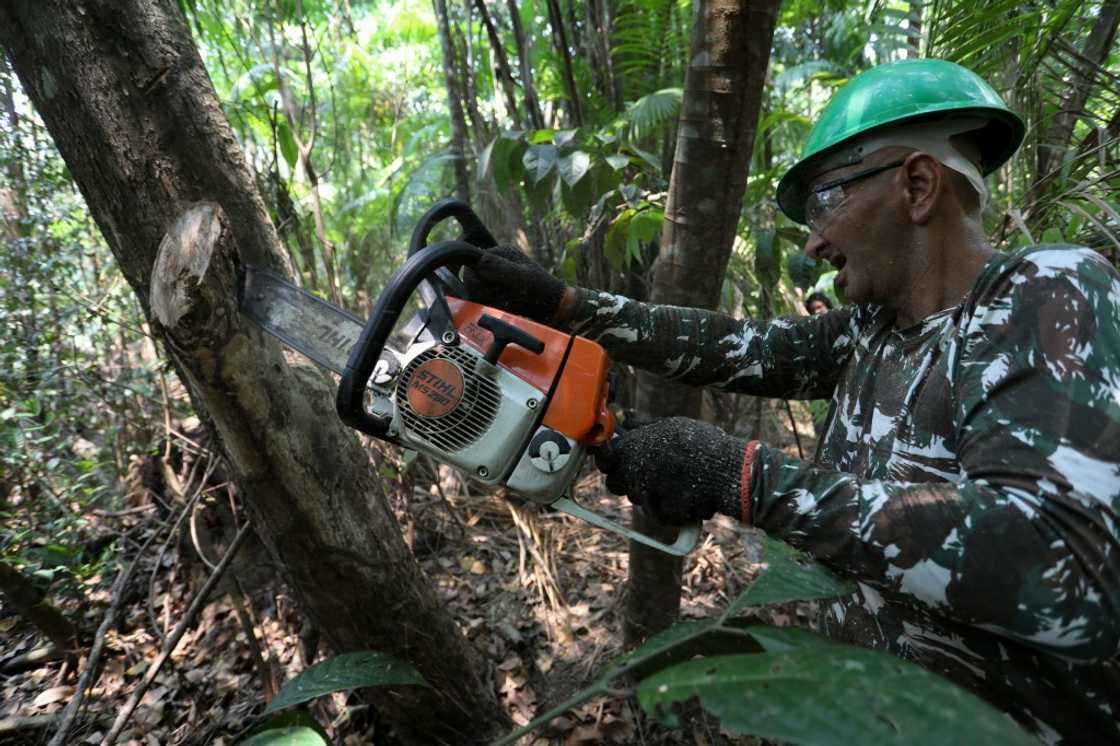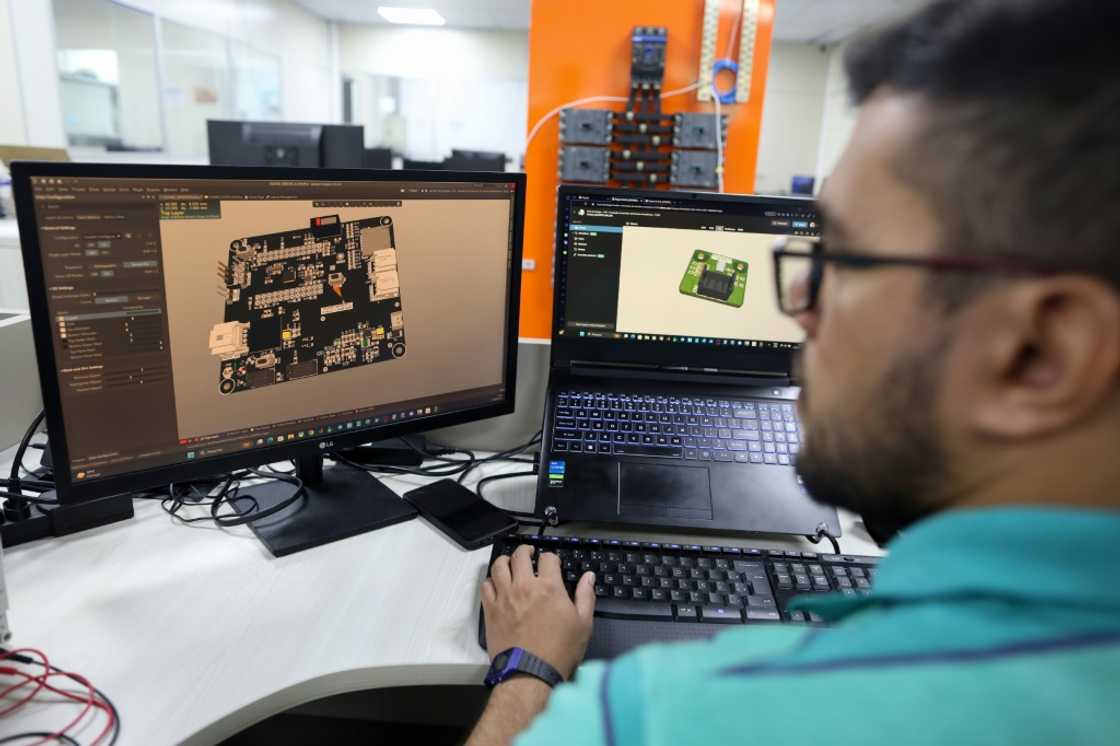Tree-hugging AI to the rescue of Brazilian Amazon

Source: AFP
PAY ATTENTION: Be the first to follow YEN.com.gh on Threads! Click here!
Small, artificially intelligent boxes tied to tree trunks in the Brazilian Amazon are the latest weapon in the arsenal of scientists and environmentalists battling destructive jungle invaders.
The boxes, named "curupiras" after a folkloric forest creature who preys on hunters and poachers, sport sensors and software trained "to recognize the sounds of chainsaws and tractors, or anything that could cause deforestation," project manager Thiago Almeida told AFP.
"We recorded the sound of chainsaws and tractors in the forest... then, all the collected sounds were passed on to the AI team to train (the program) so that... it would only recognize these sounds and not the characteristic sounds of the forest, such as animals, vegetation and rain," he explained.
Once identified, details of the threat can then be relayed to a central point and agents deployed to deal with it.

Source: AFP
PAY ATTENTION: Сheck out news that is picked exactly for YOU ➡️ click on “Recommended for you” and enjoy!
"The advantage of this system is that it can detect an attack... or a threat in real time," said researcher Raimundo Claudio Gomes of the Amazonas State University behind the project.
Unlike satellite data, which reveal deforestation only after the fact, the curupiras can detect "when the destruction starts," he added.
The sensors look like small internet modems but are in fact wireless and can relay data up to one kilometer (0.6 miles) via satellite to others in a network.
The project has just completed its pilot phase with ten prototype boxes fixed to trees in a densely forested area near Manaus, the capital city of Brazil's northern Amazonas state.
The boxes were named after Curupira, a creature in some Indigenous folklore that has feet turned backwards to confuse the hunters it pursues.
Early results from the project, financed by Brazilian company Hana Electronics, have been "very promising," said Gomes.
The team is now looking for more funding to add hundreds more sensors to the system, including ones that will be able to detect smoke and heat from forest fires.

Source: AFP
President Luiz Inacio Lula da Silva has promised to end illegal deforestation in the Amazon by 2030.
His far-right predecessor Jair Bolsonaro had presided over an increase of more than 75 percent in average annual Amazon deforestation compared to the previous decade.
Gomes said that unlike audio sensor-based systems already used in other countries, the Manaus project is comparatively inexpensive as it does not require large antennas for data transmission.
Each sensor costs about $200-$300 to manufacture.
New feature: Сheck out news that is picked for YOU ➡️ click on “Recommended for you” and enjoy!
Source: AFP



